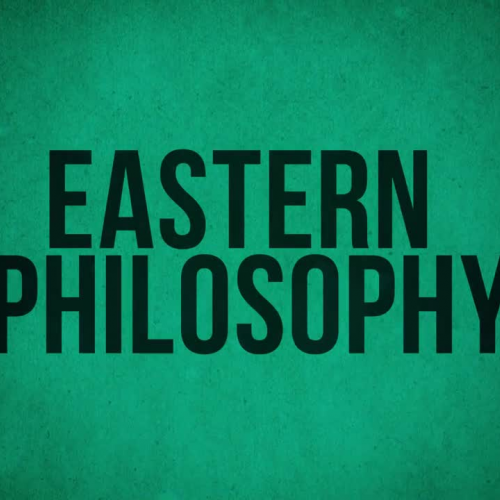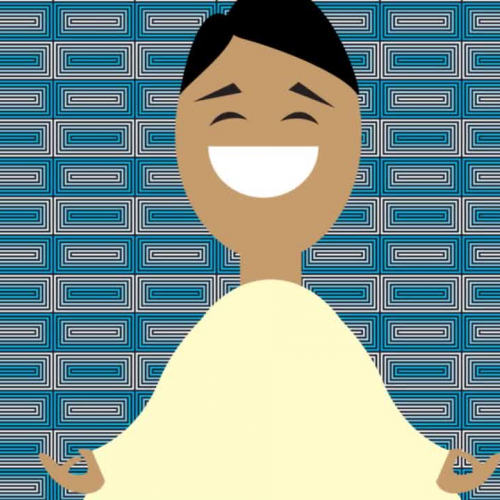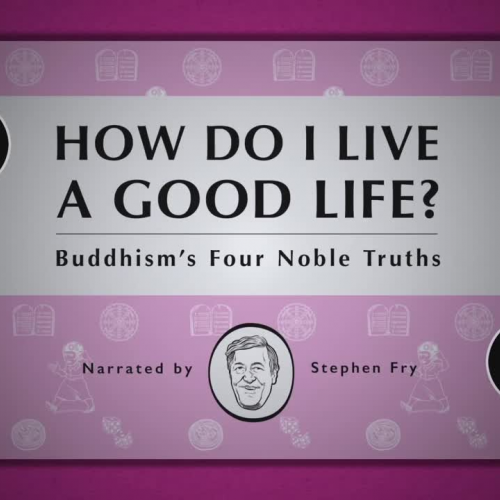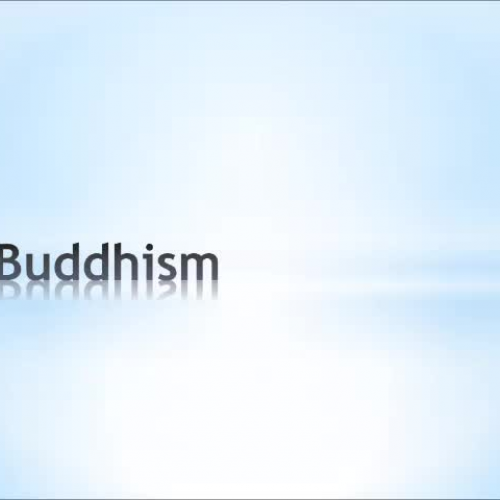College and University > Religion > Buddhism Videos
One world religion that is practiced only in a few corners of the world is Buddhism. It is actually an offshoot of the Hindu religion, as its founder, Prince Siddharta Gautama of India, used to practice Hinduism. It was only when he claimed to have reached enlightenment that he began to preach the path that he took to others. This was around the 6th century BCE. Currently, there are more than 300 million Buddhists in the world, mostly concentrated in Southeast Asia. Thailand is one example of a country where the majority of the population is Buddhist.
Buddhism does not really worship any “gods” by the strictest definition of the word. They do not recognize any deity or supreme being. In fact, Buddhists reject the idea that the universe was brought about by an all-powerful creator god. This is in contrast with Hinduism, which believes in a collection of deities.
The key practice in Buddhism is attaining a state of enlightenment that they call “Nirvana”. This is a state where all suffering is put to an end. According to Gautama, this can be achieved by anyone through concerted actions. Meditation is a common practice to help Buddhists achieve Nirvana, and many committed adherents live life as monks. As such, they dedicate their lives to fully concentrate on achieving that ultimate stage of enlightenment.
If one does not reach Nirvana in this life, Buddhists believe that he will be reborn over and over again until he reaches that state. Until one reaches Nirvana, Buddhists believe that life will continue to be full of suffering. However, upon reaching Nirvana, all suffering is ended, and that is what they believe is the good life beyond this life. To help them reach this, Buddhists practice a set of rituals they call the Noble Eightfold Path. Roughly, it means to have the right concentration, right understanding, right thought, right speech, right action, right livelihood, right effort, and right mindfulness.









